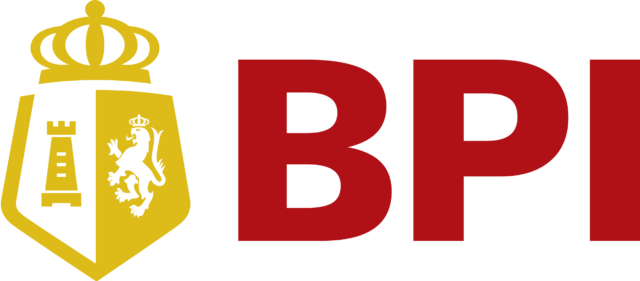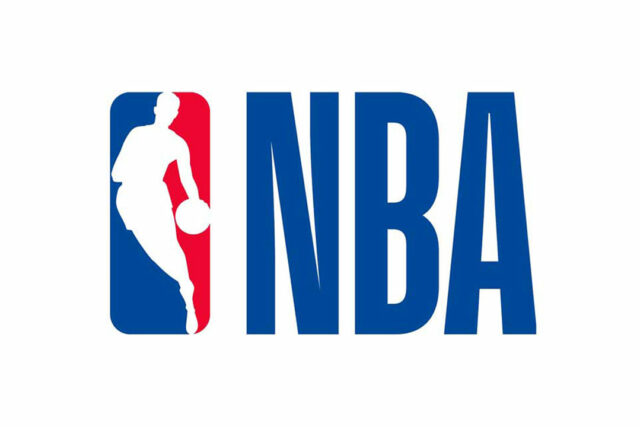NOTICE OF ANNUAL STOCKHOLDERS’ MEETING
NOTICE IS HEREBY GIVEN that the annual meeting of stockholders of Bank of the Philippine Islands (BPI) will be conducted virtually via http://www.ayalagroupshareholders.com/ on Tuesday, April 23, 2024 at 9:00 A.M., for the transaction of the following business:
- Call to Order
- Certification of Notice of Meeting, Determination of Quorum, and Rules of Conduct and Procedures
- Approval of the Minutes of the Annual Meeting of the Stockholders on April 27, 2023
- Approval of Annual Report and Audited Financial Statements
- Ratification of the Acts of the Board of Directors and Officers
- Election of the Board of Directors (including the Independent Directors)
- Election of External Auditors and Fixing of their Remuneration
- Consideration of Such Other Business as May Properly Come Before the Meeting
- Adjournment
Stockholders of record as of March 4, 2024, will be entitled to notice of, and to vote at, this meeting.
Stockholders may attend the meeting by remote communication or by appointing the Chairman of the meeting as their proxy.
Duly accomplished proxy forms shall be submitted to the Office of the Corporate Secretary located at 28/F Ayala Triangle Gardens Tower 2, Paseo de Roxas Cor. Makati Ave., Bel-Air, Makati City or by email to bpi-asm@bpi.com.ph not later than 5:00 P.M. of April 12, 2024. Validation of proxies is set on April 15, 2024 at 2:00 P.M.
Stockholders intending to participate by remote communication should notify the Bank by email to bpi-asm@bpi.com.ph on or before April 12, 2024. Stockholders may vote electronically in absentia, subject to validation procedures. The procedures for participation in the meeting through remote communication and for casting votes in absentia are set forth in the Bank’s website and Information Statement.
For this purpose and in accordance with Article XII of the Bank’s Amended By-Laws, the Stock and Transfer Book of BPI will be closed from March 23, 2024 to April 22, 2024.
Makati City, March 12, 2024.
FOR THE BOARD OF DIRECTORS
(Sgd.) MARIA LOURDES P. GATMAYTAN
Corporate Secretary
EXPLANATION OF AGENDA ITEMS FOR ANNUAL STOCKHOLDERS’ MEETING – APRIL 23, 2024
- Call to Order
Mr. Jaime Augusto Zobel de Ayala, Chairman of the BPI Board of Directors, will call the meeting to order.
- Certification of Notice of Meeting, Determination of Quorum and Rules of Conduct and Procedures
The Corporate Secretary will certify the date when written notice of the meeting was sent to all stockholders of record as of March 04, 2024, and the date of publication of the notice at a newspaper of general circulation.
The Corporate Secretary will further certify whether a quorum is present for the valid transaction of the Annual Stockholders’ Meeting. Pursuant to Sections 57 and 23 of the Revised Corporation Code which allow voting in absentia by stockholders, the Bank has set up a designated online web address which may be accessed by the stockholders to register and vote in absentia on the matters for resolution at the meeting. The holders of record of a majority of the stock of the Bank then issued and outstanding and entitled to vote, represented by proxy or participating through remote communication or voting in absentia, shall constitute a quorum for the transaction of business.
The following are the rules of conduct and procedures for the meeting:
(a) Stockholders may attend the meeting remotely through the online web address (URL) provided. Questions and comments may be sent via e-mail prior to or during the meeting to bpi-asm@bpi.com.ph, and shall be limited to the items in the Agenda of the meeting. Other channels may be opened to address questions and comments.
(b) Stockholders must notify the Bank of their intention to participate in the meeting by remote communication, by sending an email to bpi-asm@bpi.com.ph, to be included in the determination of quorum, together with stockholders who voted in absentia and by proxy.
(c) Voting shall only be allowed for stockholders registered in the Bank’s Voting In Absentia & Shareholder (VIASH) System or through the Chairman of the meeting as proxy. Detailed requirements and instructions pertaining to the VIASH System and the use thereof are provided in the Bank’s website and Information Statement. Stockholders may also contact the BPI Stock Transfer Office for information and assistance.
(d) For items on the agenda for approval, the affirmative vote of stockholders representing at least a majority of the issued and outstanding capital stock is required. Each outstanding share of stock entitles the registered holder to one vote. The election of directors will be determined by plurality of votes and every stockholder shall be entitled to cumulate his votes. All votes received shall be tabulated by the Office of the Corporate Secretary and the results shall be validated by the Bank’s auditor.
(e) The meeting proceedings will be recorded in audio and video format.
- Approval of the Minutes of the Annual Meeting of the Stockholders on April 27, 2023
The minutes of the meeting held on April 27, 2023 are available at the Bank’s website, www.bpi.com.ph.
- Approval of Annual Report and Audited Financial Statements as of December 31, 2023
The audited financial statements (AFS) as of December 31, 2023 will be presented for approval of the stockholders. Prior thereto, the Chairman, Mr. Jaime Augusto Zobel de Ayala, and the President and Chief Executive Officer, Mr. Jose Teodoro K. Limcaoco, will deliver their report to the stockholders on the highlights of BPI’s performance in 2023 and the outlook for 2024.
A copy of the Bank’s AFS is posted on the Bank’s website.
- Ratification of the acts of the Board of Directors and Officers
The acts and resolutions of the Board of Directors and its committees were those taken or adopted since the annual stockholders’ meeting on April 27, 2023 until April 23, 2024, contracts and transactions entered into by the Bank, credit/loan transactions including to related parties, projects and investments, treasury matters, manpower related decisions/approvals, including programs of the Bank’s employee stock incentive plans, corporate governance-related actions, and other matters covered by disclosures to the Bangko Sentral ng Pilipinas (BSP), Securities and Exchange Commission (SEC) and the Philippine Stock Exchange (PSE). The acts of Management were those taken to implement the resolutions of the Board or its committees or made in the general conduct of business.
- Election of the Board of Directors (including the Independent Directors)
Any stockholder, including minority stockholders, may submit to the Nomination Committee nominations to the Board of Directors not later than March 5, 2024. The Nomination Committee will determine whether the nominees for the Board, including the nominees for independent directors, have all the qualifications and none of the disqualifications to serve as members of the Board. The profiles of the nominees to the Board will be provided in the Information Statement and in the company website.
- Election of External Auditor and Fixing of their Remuneration
The Audit Committee will endorse to the stockholders the appointment of the external auditor for the ensuing year as well as its proposed remuneration.
- Consideration of Such Other Business as May Properly Come Before the Meeting
The Chairman will open the floor for comments and questions by the stockholders, and take up items included in the agenda received from stockholders in accordance with existing laws, rules and regulations of the Securities and Exchange Commission.1
- Adjournment
Upon determination that there are no other matters to be considered, the Chairman shall declare the meeting adjourned.
1SEC Memorandum Circular No. 14, series of 2020 or “Shareholders’ Right to Put items on the Agenda for Regular/Special Stockholders’ Meetings”
Spotlight is BusinessWorld’s sponsored section that allows advertisers to amplify their brand and connect with BusinessWorld’s audience by publishing their stories on the BusinessWorld Web site. For more information, send an email to online@bworldonline.com.
Join us on Viber at https://bit.ly/3hv6bLA to get more updates and subscribe to BusinessWorld’s titles and get exclusive content through www.bworld-x.com.












